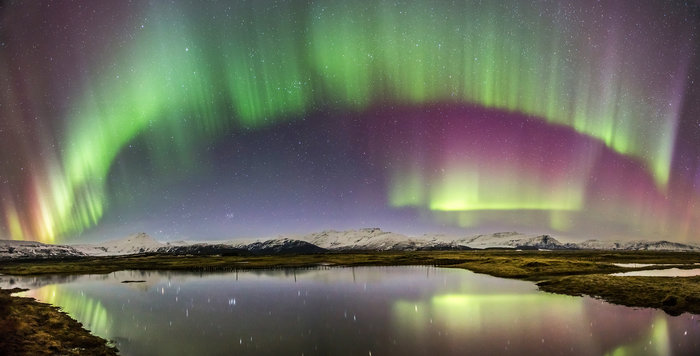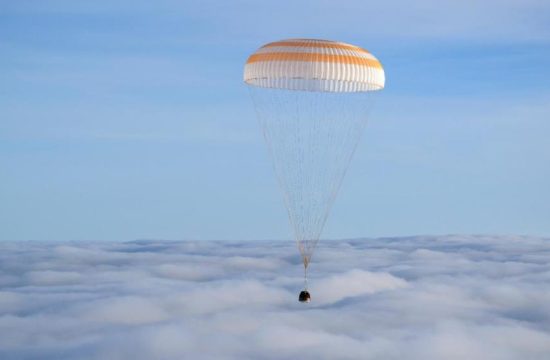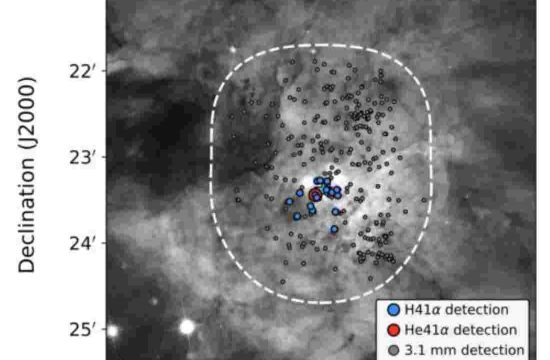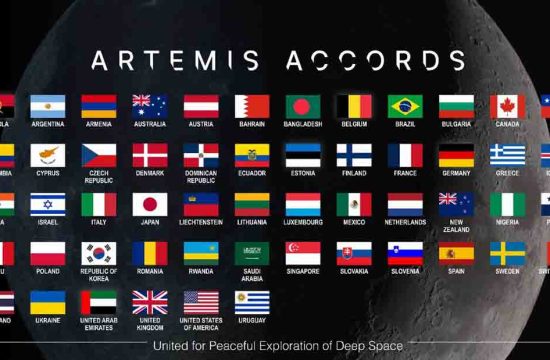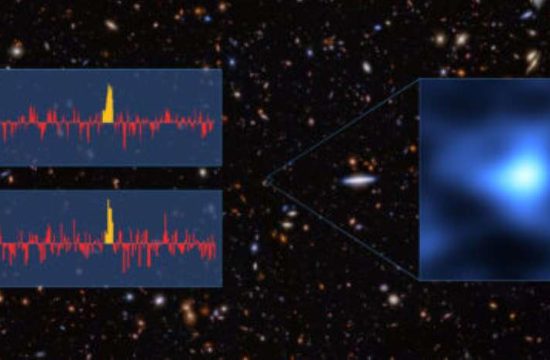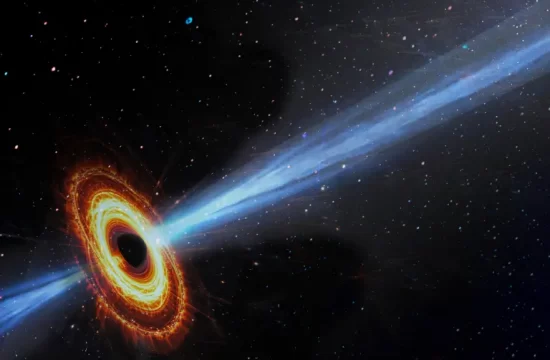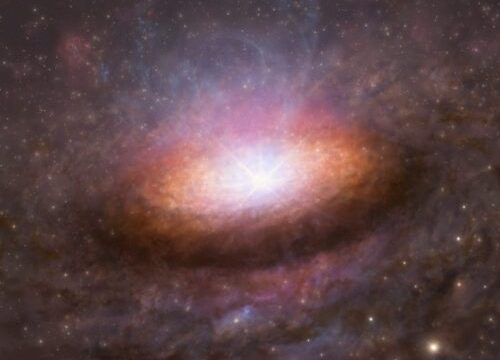Description
This dramatic panorama shows a colourful, shimmering auroral curtain reflected in a placid Icelandic lake. The image was taken on 18 March 2015 by Carlos Gauna, near Jökulsárlón Glacier Lagoon in southern Iceland.
The celestial display was generated by a coronal mass ejection, or CME – a massive eruption on the Sun – on 15 March. A flotilla of Sun-watching spacecraft, including the SOHO observatory and Proba-2, watched as millions of tonnes of magnetically charged particles were blasted into space, in the direction of Earth.
Sweeping across the inner Solar System at some 3 million km per hour, the eruption reached Earth, 150 million kilometres away, in only two days. The gaseous cloud collided with Earth’s magnetic field at around 04:30 GMT on 17 March.
At first, the impact sparked a relatively mild geomagnetic storm, but the magnetic disturbance intensified until it became the strongest storm of the current solar cycle. This increase occurred because the effects of the CME were reinforced by the arrival of a fast-moving stream of particles in the solar wind.
The increase in global geomagnetic activity released energy into the atmosphere, which resulted in the creation of a marvellous, widespread display of the aurora borealis – the Northern Lights.
When the charged particles from the Sun penetrate Earth’s magnetic shield, they are channelled downwards along the magnetic field lines until they strike atoms of gas high in the atmosphere. Like a giant fluorescent neon lamp, the interaction with excited oxygen atoms generates a green or, more rarely, red glow in the night sky, while excited nitrogen atoms yield blue and purple colours.
Normally, the best place to see these impressive displays is inside the ‘auroral oval’, which lies at around 65–70º north or south of the equator, encircling the polar caps. As this beautiful image shows, Iceland is a prime site for observing the Northern Lights.
Auroral displays are not just decorative distractions. They are most frequent when the Sun’s activity nears its peak roughly every 11 years. At such times, the inflow of high-energy particles and the buffeting of Earth’s magnetic field may sometimes cause power blackouts, disruption of radio communications, damage to satellites and even threaten astronaut safety. For more than a decade, ESA’s quartet of Cluster spacecraft has been unveiling the secrets of this complex Sun–Earth connection.


